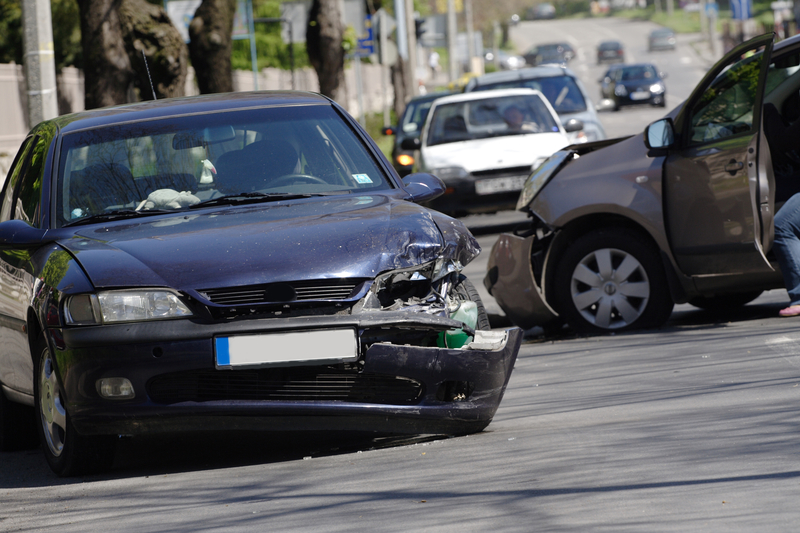There are certain steps we can take to prepare ourselves prior to getting into a car. It’ll make us more confident drivers and more effective emergency responders. Regardless of whether you’re the passenger or the driver, you can follow these steps to ensure you survive a car crash:
Wear Your Seat Belt Properly
If you aren’t wearing a seat belt at the time of a crash, your body will continue to be propelled in the direction of motion even though the vehicle has stopped.
Use the Steering Wheel to Minimize Damage
You can still use the steering wheel and the crumple zones of the vehicle to minimize damage from the crash as much as possible. Depending on the situation, you may start out with as much as 4 seconds. Count on at least ¾ second before you actually see the vehicle move in the direction you turned the wheel.
Keep Both Hands on the Wheel
First, always drive with your hands, wrists, and forearms in alignment. A bent or limp wrist can easily be shoved against the steering wheel and broken. In addition, a limp wrist also gives you less support and control.
Be Careful when Using the Horn
At worst, a distracted driver may freeze up or do something else unpredictable.
Safety Tips for the Passengers
As a front passenger, properly belted into your seat, the best thing you can do is push your body into the seat and make as much contact as possible.
If seating in the back, try to choose the middle seat.
One Second After: Status Check
In these first few seconds to minutes, it is very important to stay as still as possible.
Before you move, try to take note of the following:
Are you crumpled up, arms at odd angles, or is your head drooped over onto your chest?
What do you see? Are you looking out the windshield, a side window, or is everything dark inside the vehicle?
What do you smell? Is there a smell of gas in the air, dust, or something burning?
What do you hear?
As your senses return and you become aware of the situation, you may feel a great deal of pain, along with coughing, dizziness, nausea, too hot, too cold, or even shaky.
If you move around too much or start thrashing around trying to escape, you can make wounds worse, or cause broken bones to scrape against each other.
The first thing you must do is make sure you are calm and composed. Take some deep breaths.
Getting Out of the Crushed Car
What you need to survive is trigger words and the right mindset. A few sessions of self hypnosis and the choice of an activating keyword or image can give you this calm in any situation. Gain this tool and practice it often so that you have confidence in your ability to control yourself and think clearly.
After you have secured relatively dust free air, regained composure, called for help, and assessed your situation, and medical condition, it is time to see about getting out of the vehicle.
If you have cuts or gashes, try to bind them up with plastic ties and cloth. Even a plastic bag will do.
Cut yourself free of the seat belt if you cannot reach the release button or it does not work. Don’t forget to brace yourself if you are upside down.
See if you can open the vehicle door nearest to you. If you cannot and there is a risk of fire or sinking, then break the window nearest you in order to get out of the vehicle. In situations where there is less immediate risk, you can see if another door will open. It is best to avoid having to break the window and try to crawl through all those bits of glass unless you have no other choice.
Do you have any other advice for how to respond when in a car crash?
Article Source: Survivopedia
